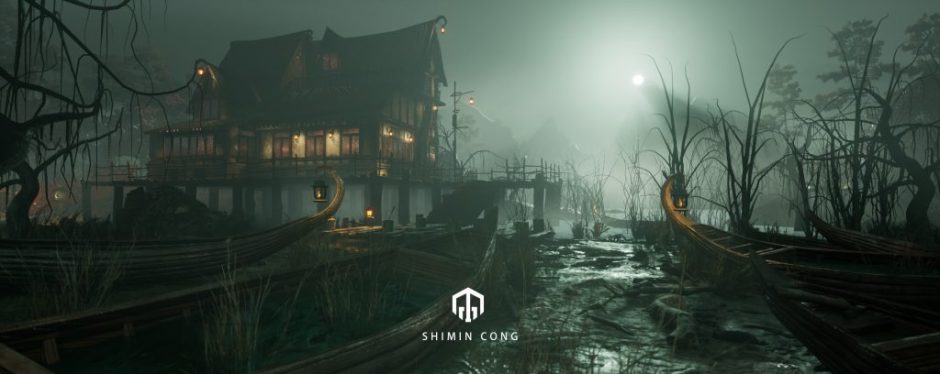The Abstract and Introduction is the quickest way for the author to differentiate and engage the reader. The content of this section must therefore be logically rigorous.
Abstract
What is your field of study
Whether there are gaps in knowledge in your field.
The overall aims and objectives of your thesis and how it will address these gaps.
A brief description of the methods you will use to achieve these objectives.
Your most important results and findings.
How the results of your dissertation will be used to further your understanding of your research area.
Light is the most important tool for human to know and feel the world. At the same time, light is the soul of space, and the link between people and space, entities and nature. For games, lighting plays a key role in creating the atmosphere, storytelling, different textures and the sense of immersion.
The purpose of this thesis is to explore how lighting serves immersive games. This is different from other papers that consider only art effects or technology. It explores this through a series of approaches. These include a study of what immersive games are, an analysis of the differences between game and film lighting, ray tracing, the use of volumetric light and special effects light in games, the production pipeline of game lighting including color and emotional ambience, the study of ambient fog, the performance of reflective sphere sets for games, and the quality of lighting. In addition this thesis also specifically analyzes the lighting in the personal practice project Little Devil.
In addition, this thesis hopes to summarize the role of lighting in immersive games and the future development direction in a more objective way through these theoretical discussions and the analysis of personal experience in the production and development of the independent game Little Devil. At the same time, the article will also satisfy the desire for knowledge of game lighting production pipeline.
Introduction
As with the abstract, you may wish to divide the presentation into the following sections.
Identifying your reader (who is your reader?)
Engaging the reader (grabbing attention)
Background (making it relevant)
General knowledge of the topic
What’s next (preview your main points)
Today computer games can play an opposing or critical role in contemporary aesthetics and culture (Kirkpatrick, 2007). As mentioned by Bittanti (2006), video games are a complex art of interaction. In this field where interaction and art intersect, immersion is an important direction of research for game development. Without immersion, most potential players will lack the motivation to initiate or maintain game stickiness (Weibel & Wissmath, 2011). With the continuous iterations and updates of game engines, especially the rapid development of Unreal and Unity game engines, the effects that can be rendered by game art are becoming more and more diverse, which in turn increases the sense of immersion at the art level. However the concept and definition of immersion varies, and game lighting affects the player’s behavior, emotions, and game experience in the game to a high degree (Fagerholt & Lorentzon, 2009). Indeed lighting has many functions in a game environment, including directing attention, establishing good action visibility, evoking emotions, creating atmosphere and providing depth (Seif El-Nasr, 2005). This paper will explore the iterative ideas of game lighting around immersive games, and the importance and evolvability of lighting in game development.
Aims and Content Description
This paper will cover various areas of game lighting research and development, including lighting visual effects, volume light, ray tracing, lighting color theory, Reflection Capture, ambient light and fog. It is intended to highlight the development prospects and importance of game lighting through the collective analysis of each technology. The goal is to establish a systematic and complete iterative process of game lighting for immersive games. And on the basis of lighting theory to create an underwater atmosphere of the immersive game Little Devil and the game scene. Finally, the final conclusion is drawn through theoretical and practical proof.
The next chapters are divided into four important sections. The second chapter will review the definition of immersive games, the difference between game lighting and film lighting, and the development of lighting technology in games. Through the support of these existing status quo, the developability of game lighting as well as the scientific research is highlighted. The third chapter will specifically analyze the component architecture of game lighting, including color, ambient light, fog, reflection capture, and lighting properties. This process will be combined with the performance optimization of the game to support the production of the OpenWorld game Little Devil. The fourth chapter will summarize the lighting issues encountered in Little Devil’s development, and the game’s production lighting will be analyzed and evaluated. The last chapter of this thesis is a summary of the theoretical and practical aspects of the previous chapters, which leads to the central thesis of this paper: lighting plays a key role in creating the atmosphere, storytelling, different textures and immersion in the scene. Especially in the era of continuous technological innovation, game lighting will be able to better present various artistic effects and meet the future market demand.
